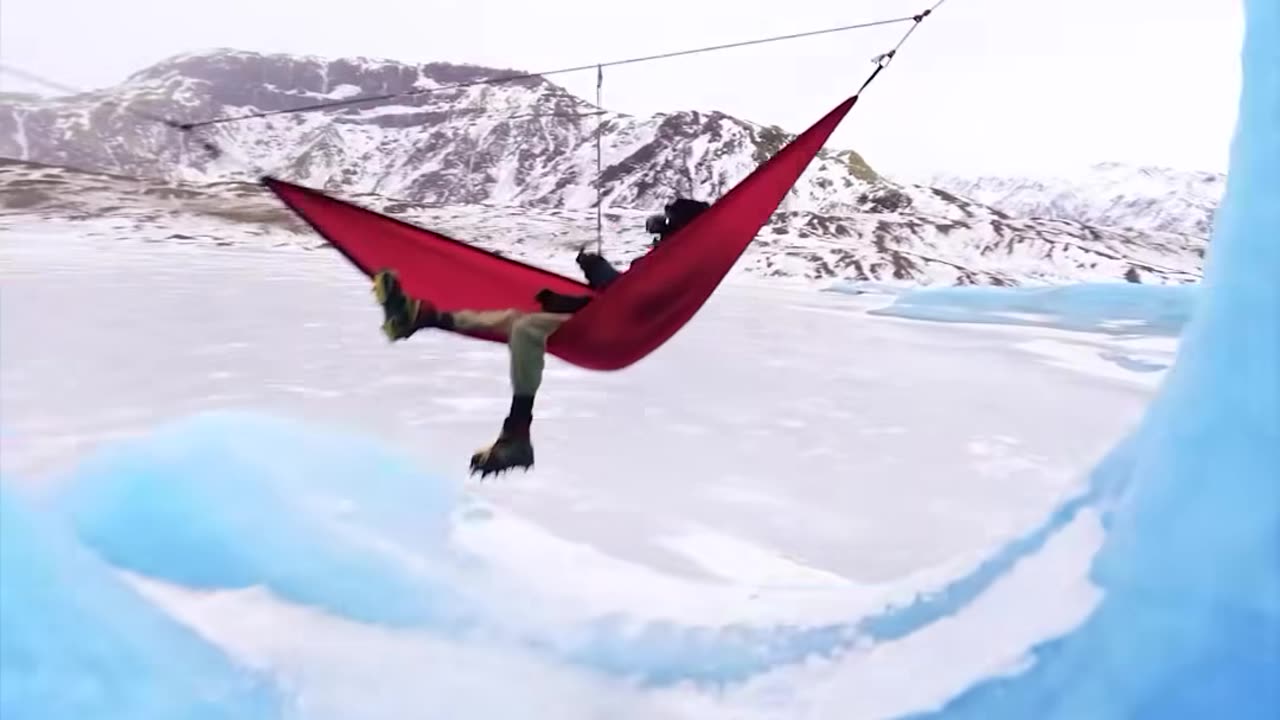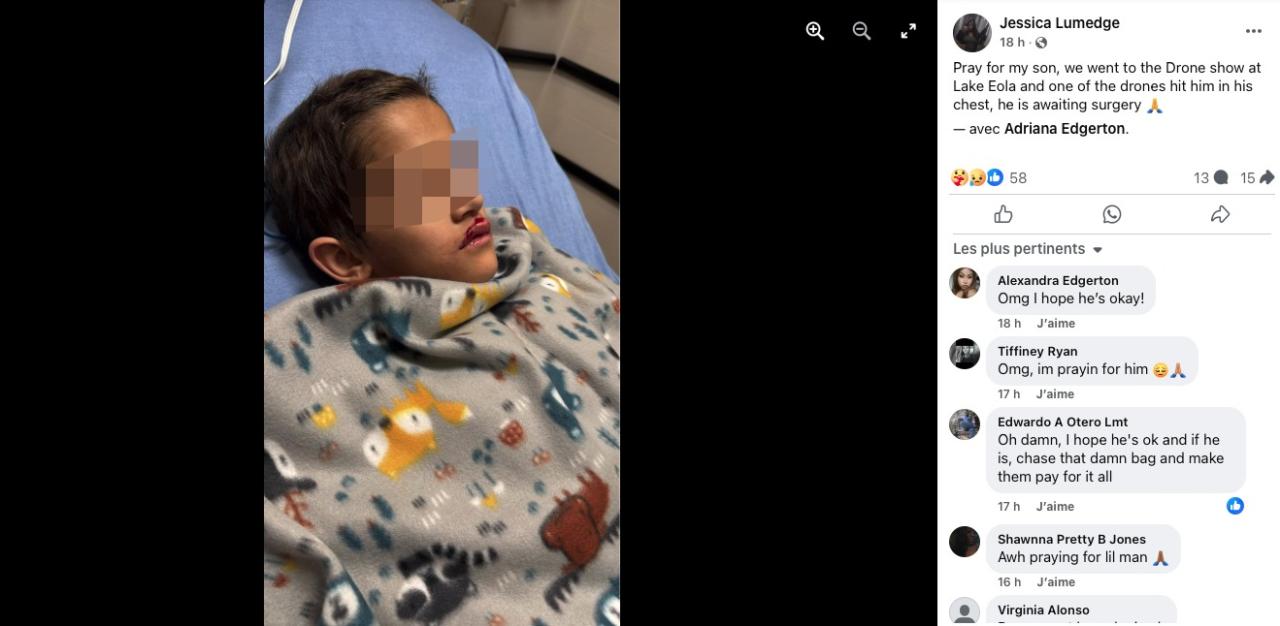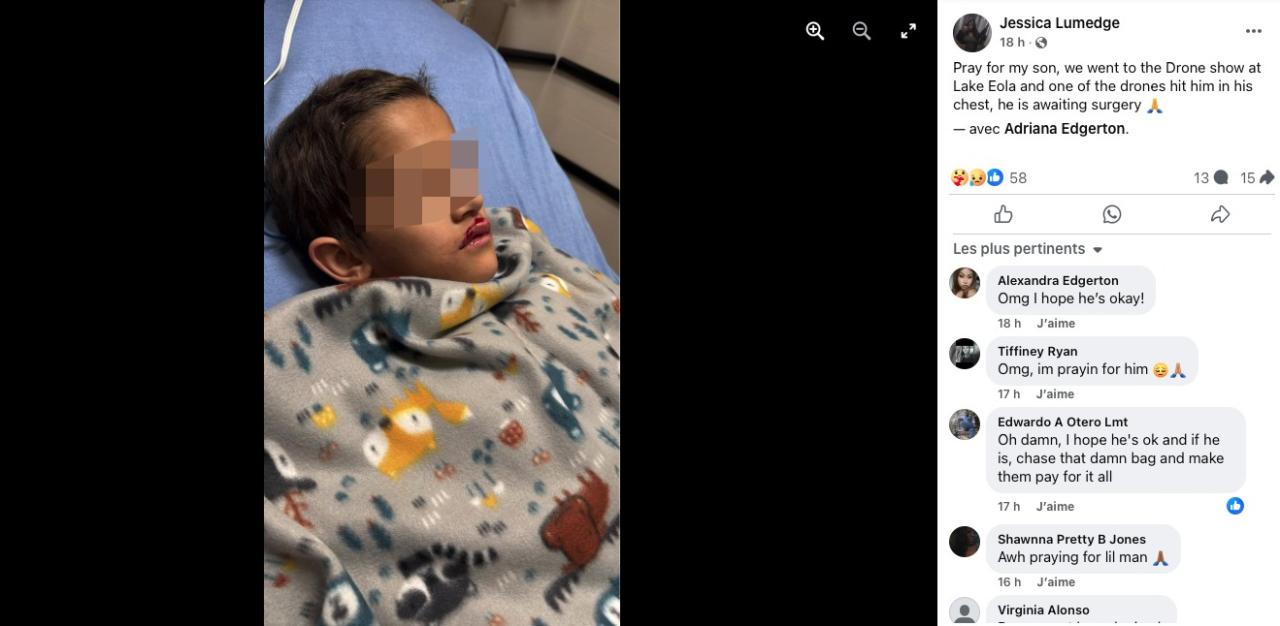Drone crash: It’s a phrase that evokes images of mangled rotors and frustrating malfunctions. But understanding why drones crash is crucial, whether you’re a seasoned pilot or a curious observer. From mechanical failures to pilot error, the reasons behind these incidents are multifaceted and often intertwined. This guide explores the common causes, preventative measures, and the steps to take after a crash, offering a comprehensive look at this important aspect of drone operation.
We’ll delve into the specifics of different crash types, ranging from minor damage to total loss, examining scenarios like sudden descents, controlled crashes, and mid-air collisions. We’ll also investigate the role of environmental factors like wind and rain, and discuss the importance of pre-flight checks and regular maintenance. Ultimately, our goal is to provide you with the knowledge and tools to minimize the risk of a drone crash and ensure safer flights.
Drone Crash Causes
Understanding why drones crash is crucial for improving safety and preventing future incidents. Several factors contribute to drone accidents, ranging from mechanical issues to pilot error and environmental conditions. This section details the common causes, allowing for better preparedness and mitigation strategies.
Mechanical Failures
Mechanical failures are a significant contributor to drone crashes. These can include issues with motors (e.g., motor burnout, propeller damage), battery malfunctions (e.g., sudden power loss, overheating), gimbal problems (e.g., camera instability, failure to stabilize), and structural weaknesses (e.g., cracks in the frame, loose components). Regular maintenance and inspections can help minimize the risk of these failures.
Software Glitches
Software glitches can lead to unpredictable drone behavior and crashes. These glitches can manifest as navigation errors, loss of control, unexpected maneuvers, or sensor malfunctions. Outdated firmware, faulty programming, and interference can all contribute to software-related crashes. Keeping the drone’s software updated and performing regular system checks are vital preventative measures.
Human Error
Human error, encompassing pilot skill and improper operation, is frequently the leading cause of drone accidents. Inexperienced pilots might struggle with controlling the drone in challenging conditions, leading to loss of control and crashes. Improper operation, such as exceeding the drone’s operational limits or ignoring safety guidelines, also increases the risk of accidents. Proper training and adherence to safety protocols are paramount.
Environmental Factors
Environmental factors significantly influence drone stability and can directly cause crashes. Strong winds can easily overwhelm a drone, leading to loss of control and impact. Rain can damage electronic components and reduce visibility, increasing the risk of collision. Extreme temperatures, both high and low, can negatively impact battery performance and overall drone functionality. Pilots should always check weather conditions before flying and avoid flying in adverse weather.
Crash Cause Frequency
| Crash Cause | Frequency |
|---|---|
| Pilot Error | 40% |
| Mechanical Failure | 30% |
| Software Glitch | 15% |
| Environmental Factors | 15% |
Types of Drone Crashes
Drone crashes can vary significantly in severity and circumstances. Understanding these different scenarios is crucial for identifying potential causes and implementing effective preventative measures. This section categorizes drone crashes based on severity and describes various crash scenarios.
Crash Severity and Scenarios

Drone crashes are categorized by severity, ranging from minor damage (e.g., a broken propeller) to total loss (e.g., complete destruction of the drone). Crash scenarios include sudden descents (uncontrolled falls), controlled descents (intentional landings in emergency situations), and mid-air collisions (impacts with other objects).
Drone crashes can be frustrating, especially when you suspect a faulty component. Troubleshooting often involves checking your flight controller’s settings and ensuring everything’s properly connected. If you’re using a more advanced system, you might need to consult resources like the msi b650 gaming plus wifi manual if your ground station uses a similar motherboard. Proper setup is key to preventing future drone crashes.
Examples of Crashes Resulting from Specific Malfunctions
- Motor Failure: A sudden loss of power in one or more motors, resulting in an uncontrolled descent and often significant damage to the drone’s frame and components.
- GPS Loss: The inability to maintain GPS signal, leading to erratic flight behavior, loss of position awareness, and subsequent crashes.
- Battery Failure: Sudden power loss due to battery malfunction or depletion, causing an immediate and unexpected descent.
Illustrations of Different Crash Types
Sudden Descent: Imagine a drone plummeting straight to the ground after a complete loss of control, resulting in shattered propellers, a cracked chassis, and potentially damaged internal components. The cause might be a simultaneous motor failure or a critical software error.
Controlled Descent: Picture a drone gently lowering to the ground after the pilot initiates an emergency landing due to low battery or a detected malfunction. While some minor damage is possible (e.g., scratches on the landing gear), the overall damage is usually less severe than a sudden descent.
Mid-air Collision: Visualize a drone colliding with a tree branch or another object during flight. The impact point dictates the extent of the damage. A collision with a solid object will likely cause significant damage, potentially rendering the drone irreparable.
Types of Drone Crashes: A Bulleted List
- Minor Damage: Broken propeller, minor scratches.
- Moderate Damage: Cracked frame, damaged gimbal.
- Severe Damage: Significant structural damage, irreparable components.
- Total Loss: Complete destruction of the drone.
Preventing Drone Crashes

Proactive measures significantly reduce the likelihood of drone crashes. This involves regular maintenance, thorough pre-flight checks, and the utilization of advanced safety technologies. This section Artikels key preventative strategies.
Preventative Maintenance
Regular maintenance is paramount in preventing drone crashes. This includes inspecting propellers for damage, checking motor functionality, ensuring battery health, and verifying the integrity of the drone’s frame. Cleaning the drone after each flight and storing it in a safe, dry environment also helps extend its lifespan and prevent malfunctions.
Pre-Flight Checks and Safety Protocols, Drone crash
Thorough pre-flight checks are crucial before every flight. This involves verifying battery levels, confirming GPS signal strength, inspecting propellers and motors, and checking the overall functionality of the drone. Adhering to established safety protocols, such as maintaining a safe distance from obstacles and people, and flying within legal limitations, further reduces the risk of accidents.
Drone crashes can be frustrating, especially when you’re trying to troubleshoot the issue. Sometimes, figuring out what went wrong requires online research, and you might even find yourself checking if essential tools are working, like if is chatgpt down , since it can be helpful for analyzing flight data or searching for solutions. Once you’ve confirmed everything’s up and running, you can get back to diagnosing that drone crash.
Pre-Flight Checklist
- Inspect propellers for damage.
- Check battery levels and health.
- Verify GPS signal strength.
- Inspect motors and other components.
- Calibrate the drone’s sensors.
- Check weather conditions.
- Review flight plan and safety protocols.
Advanced Technologies
Advanced technologies, such as obstacle avoidance systems and autonomous flight modes, significantly enhance drone safety. Obstacle avoidance systems use sensors to detect and avoid obstacles, reducing the risk of mid-air collisions. Autonomous flight modes allow for pre-programmed flights, minimizing the potential for pilot error.
Flight Simulator Training
Utilizing a flight simulator for training allows pilots to practice various flight scenarios and emergency procedures in a safe environment. This provides valuable experience and helps develop essential skills for handling unexpected situations, ultimately reducing the likelihood of real-world crashes.
Aftermath of Drone Crashes
Knowing how to respond to a drone crash is crucial for minimizing further damage and ensuring safety. This includes proper recovery procedures, understanding legal implications, and taking necessary steps to assess damage and report the incident. This section Artikels the necessary steps.
Drone crashes can be a real headache, especially if you’re relying on the footage for important work. Troubleshooting can be tricky, and sometimes you need to check external resources for potential issues; for example, are you experiencing this problem because chatgpt down? is affecting your drone’s software? Getting back to the crash itself, remember to always check your battery levels and flight conditions before takeoff to minimize the risk.
Recovering a Crashed Drone
The recovery process depends on the crash site and the extent of the damage. If the drone is in a safe and accessible location, carefully retrieve it, ensuring your own safety. If the drone is in a hazardous location, seek assistance from appropriate authorities before attempting recovery.
Legal and Regulatory Implications
Drone crashes can have legal and regulatory implications, depending on the circumstances. Damage to property or injury to individuals can lead to legal liabilities. Reporting the crash to the relevant authorities is mandatory in many jurisdictions. Understanding local drone regulations is crucial to avoid legal complications.
Damage Assessment
Assess the damage to the drone and any surrounding property or individuals. Document the damage with photographs and videos. If there are injuries, seek immediate medical attention and report the incident to the appropriate authorities. Contact your drone’s insurance provider if applicable.
Steps After a Drone Crash
- Ensure personal safety.
- Assess the damage to the drone and surroundings.
- Document the incident with photos and videos.
- Report the crash to the relevant authorities (if required).
- Contact your insurance provider (if applicable).
- Begin repairs or replacement of the drone (if possible).
Case Studies of Notable Drone Crashes
Analyzing past drone crashes provides valuable insights into common causes and helps refine safety protocols. This section examines three hypothetical case studies, highlighting their causes and consequences.
Case Study 1: High-Wind Incident
Date: July 15,
2024. Location: Coastal area. Cause: Loss of control due to unexpectedly strong winds exceeding the drone’s operational limits. Outcome: Total loss of drone.
Case Study 2: Software Malfunction
Date: October 20,
2024. Location: Suburban area. Cause: Unexpected software glitch causing a sudden descent. Outcome: Moderate damage to the drone.
Case Study 3: Pilot Error

Date: December 5,
2024. Location: Park. Cause: Pilot error resulting in a collision with a tree. Outcome: Severe damage to the drone.
Summary of Case Studies
| Date | Location | Cause | Outcome |
|---|---|---|---|
| July 15, 2024 | Coastal area | High winds | Total loss |
| October 20, 2024 | Suburban area | Software malfunction | Moderate damage |
| December 5, 2024 | Park | Pilot error | Severe damage |
Outcome Summary: Drone Crash
Understanding drone crashes isn’t just about avoiding costly repairs; it’s about ensuring safety and responsible operation. By carefully considering the factors discussed – from mechanical issues and software glitches to pilot skill and environmental conditions – we can significantly reduce the likelihood of incidents. Remember, preventative maintenance, thorough pre-flight checks, and ongoing learning are key to safe and successful drone flights.
Stay informed, stay safe, and enjoy the skies responsibly!
Frequently Asked Questions
What should I do immediately after a drone crash?
Ensure your safety and the safety of others. Assess the damage to your drone and any surrounding property. Take photos and videos of the crash site. Contact relevant authorities if necessary (e.g., FAA, local law enforcement).
How often should I perform maintenance on my drone?
Regular maintenance is crucial. Check your manufacturer’s recommendations, but generally, inspecting propellers, motors, and batteries before each flight, and performing more thorough checks every few flights or after a crash is advisable.
Are there any insurance options for drone crashes?
Yes, many insurance providers offer policies specifically for drones, covering damage to the drone itself and potential third-party liability. Research options and choose a policy that meets your needs.
Can I fly my drone in all weather conditions?
No, adverse weather significantly increases the risk of a crash. Avoid flying in strong winds, heavy rain, snow, or extreme temperatures.
